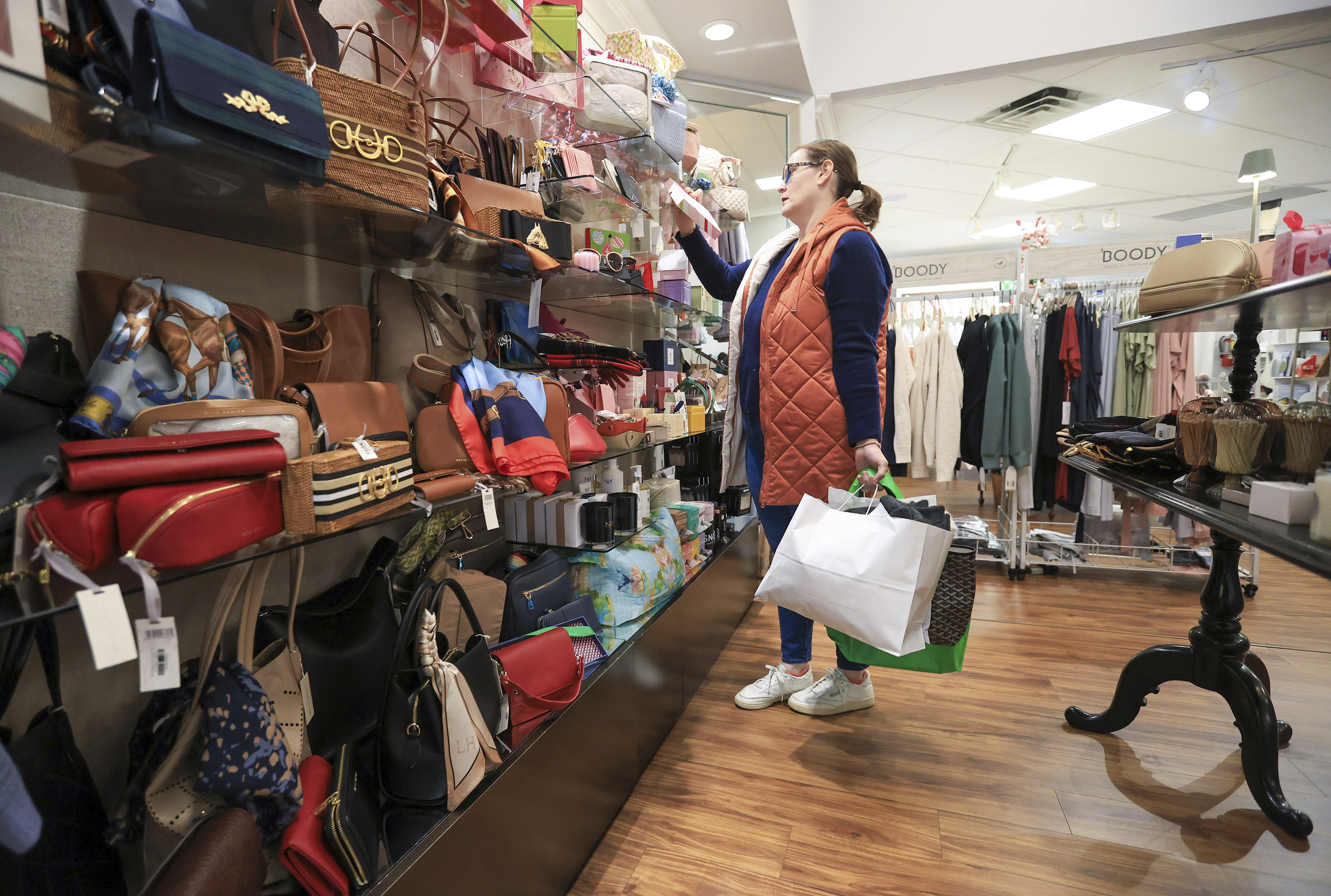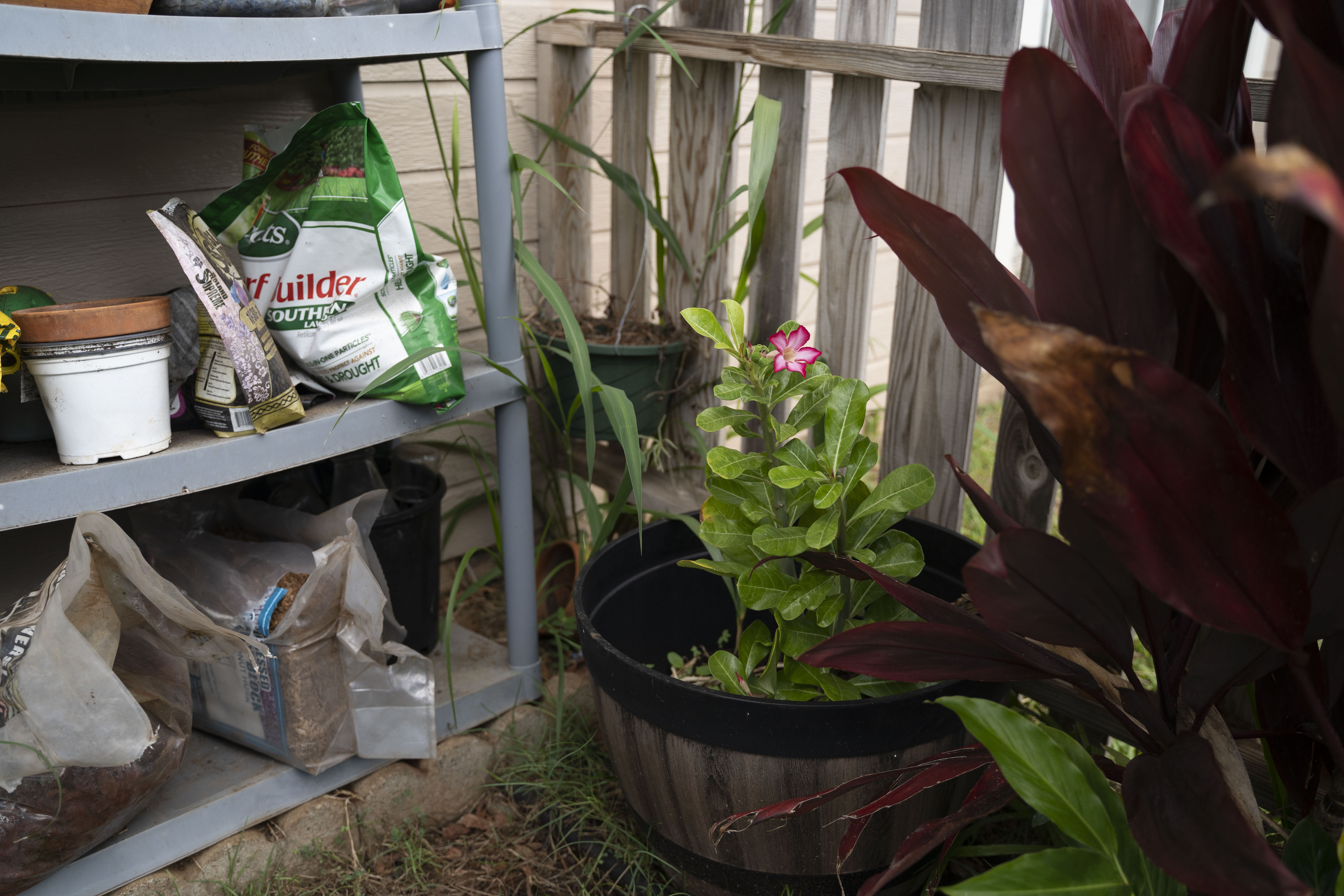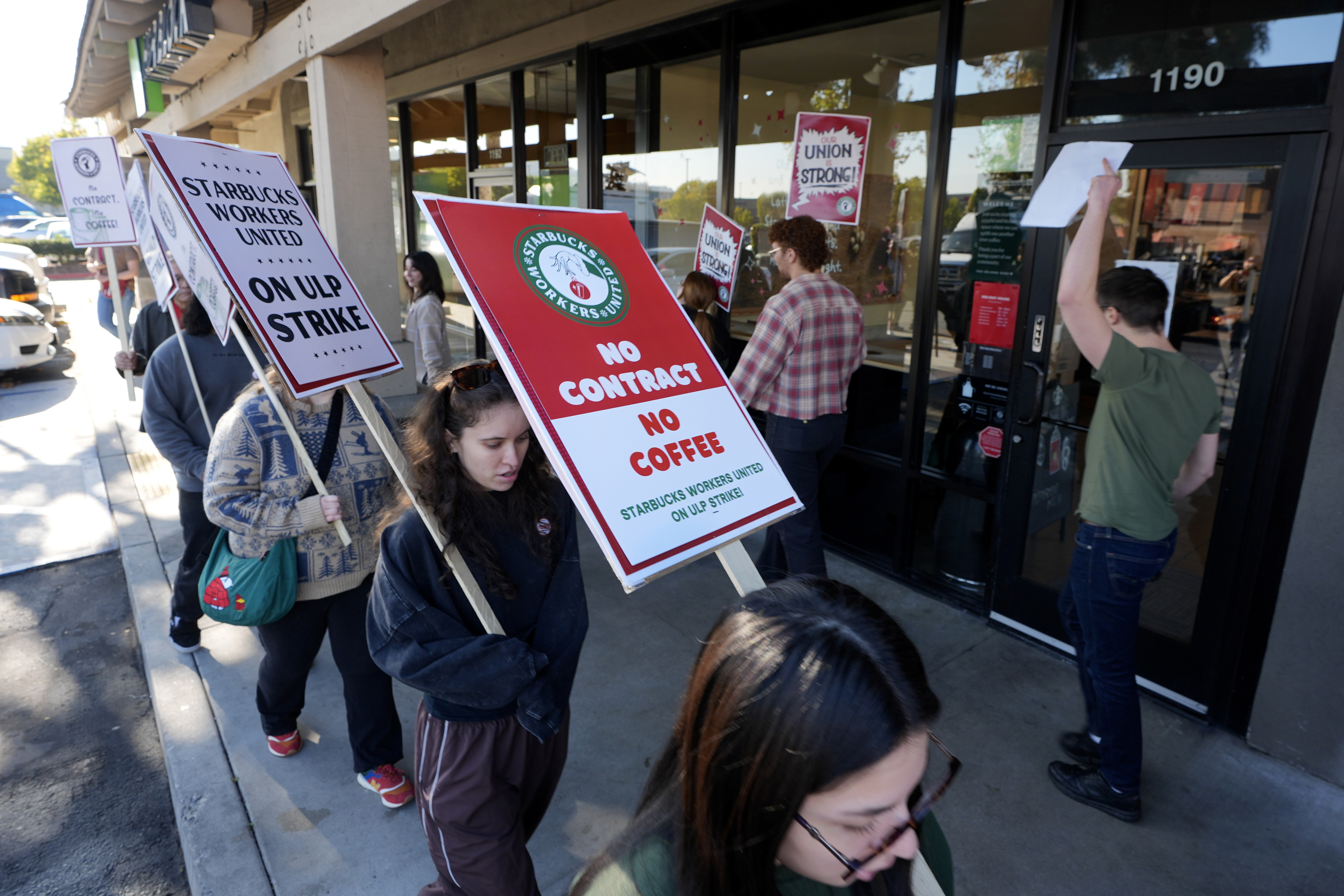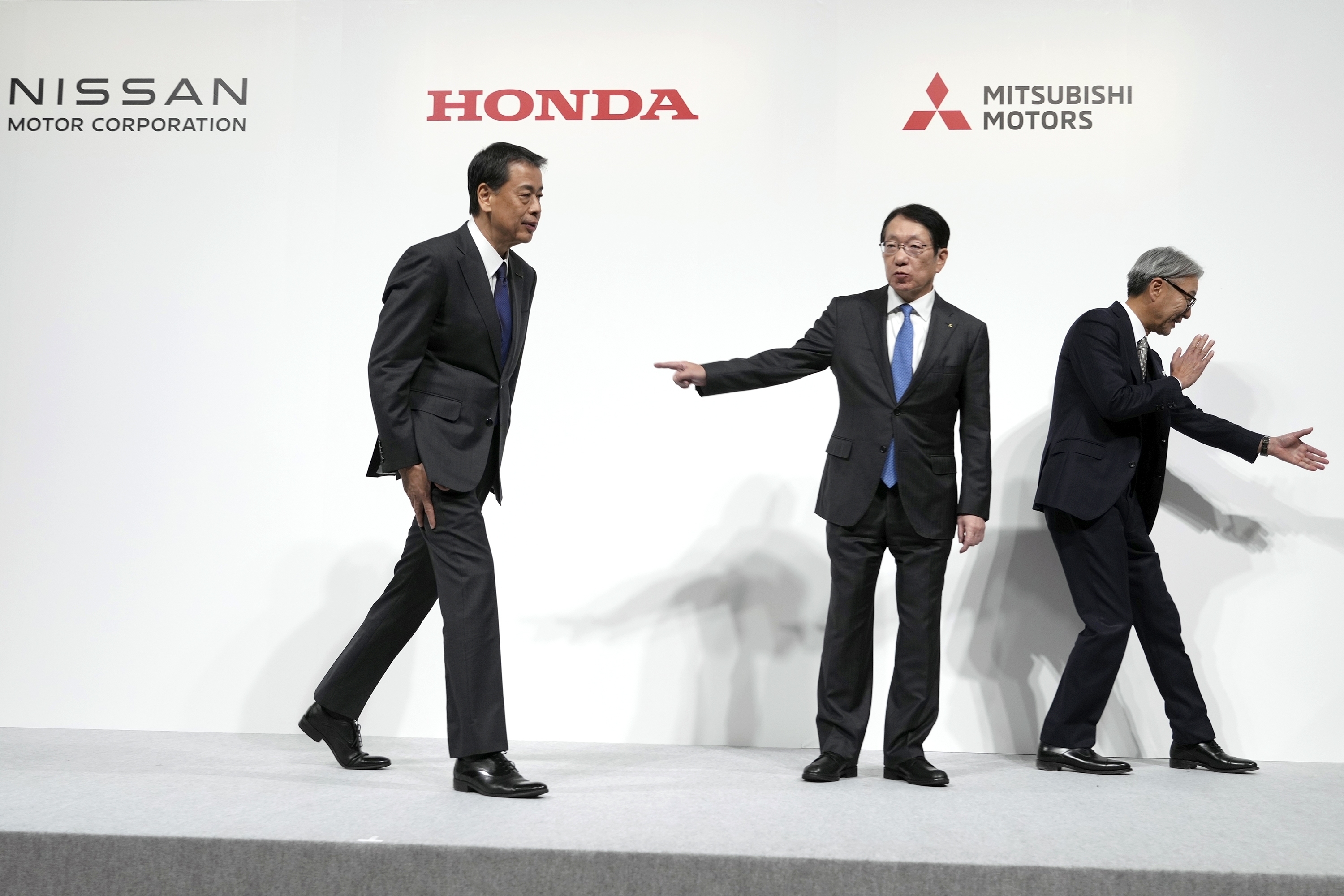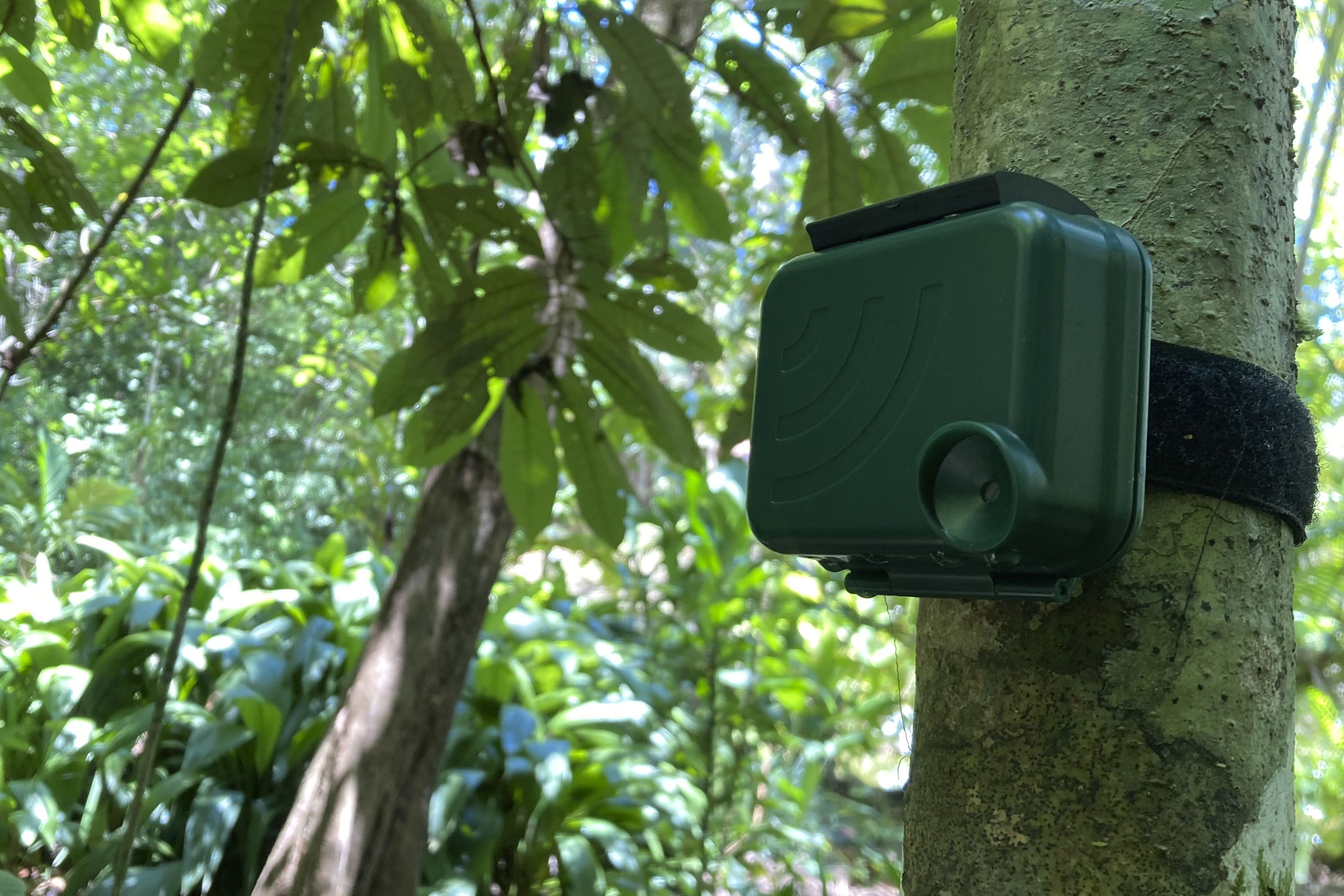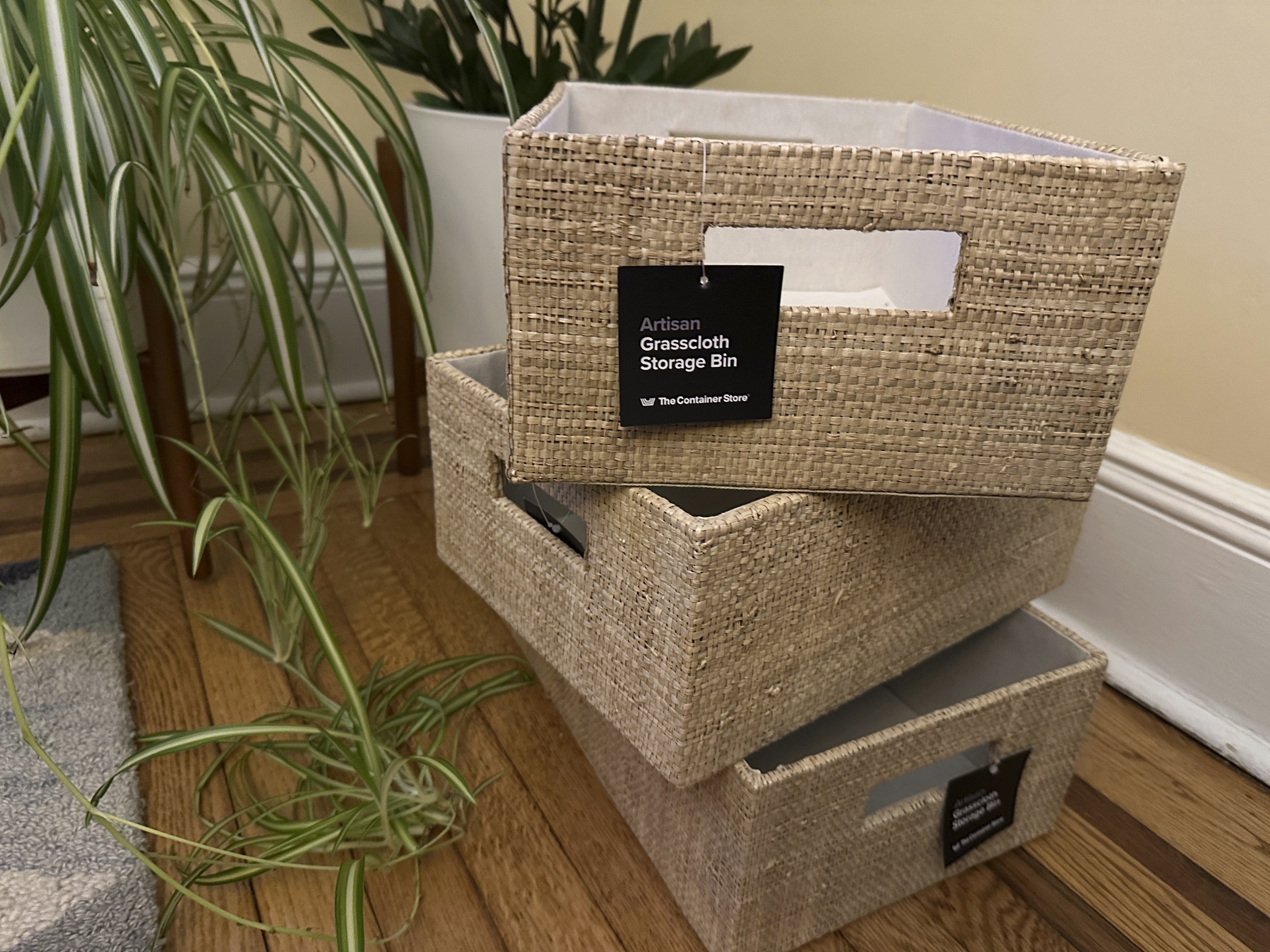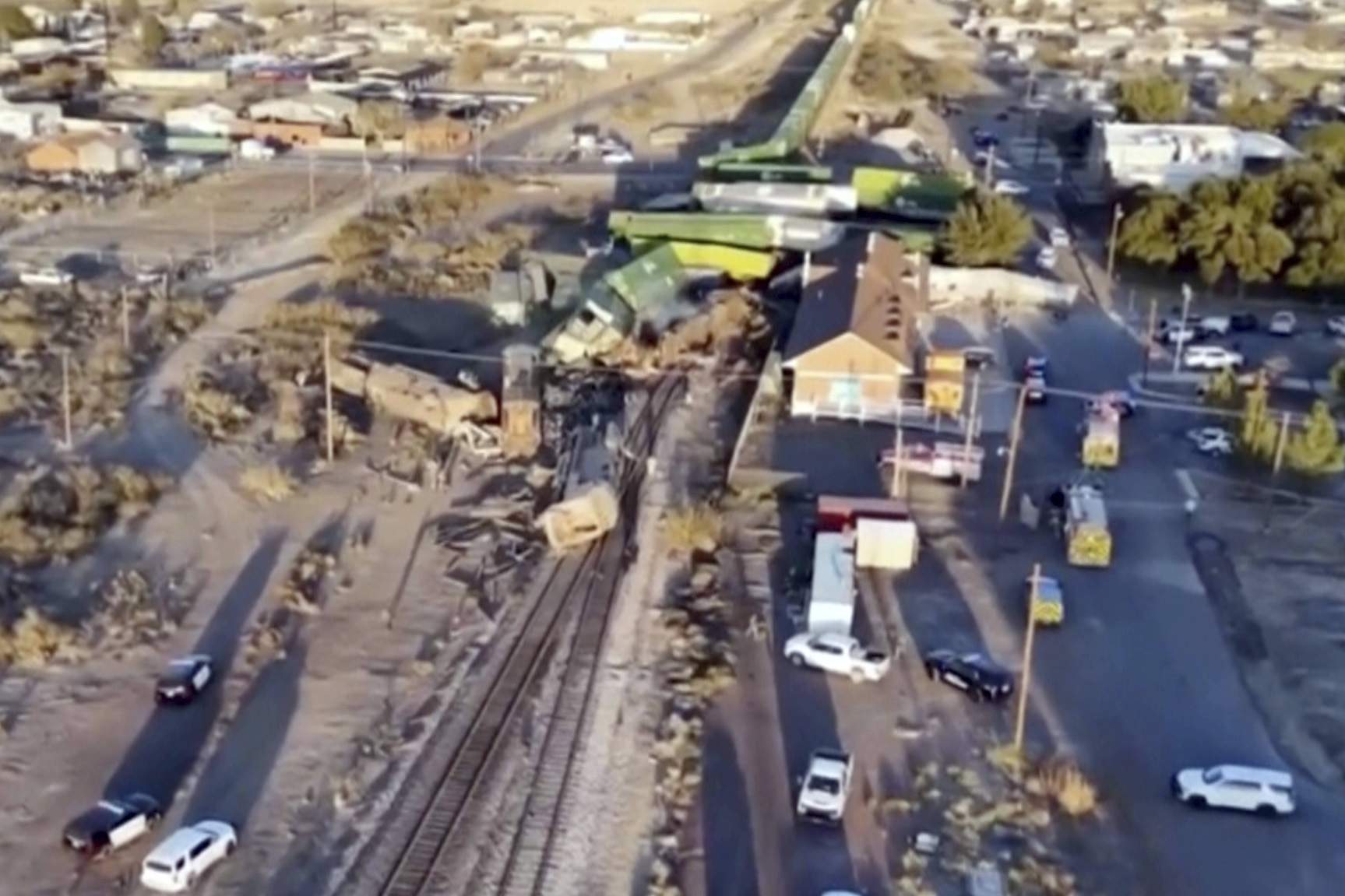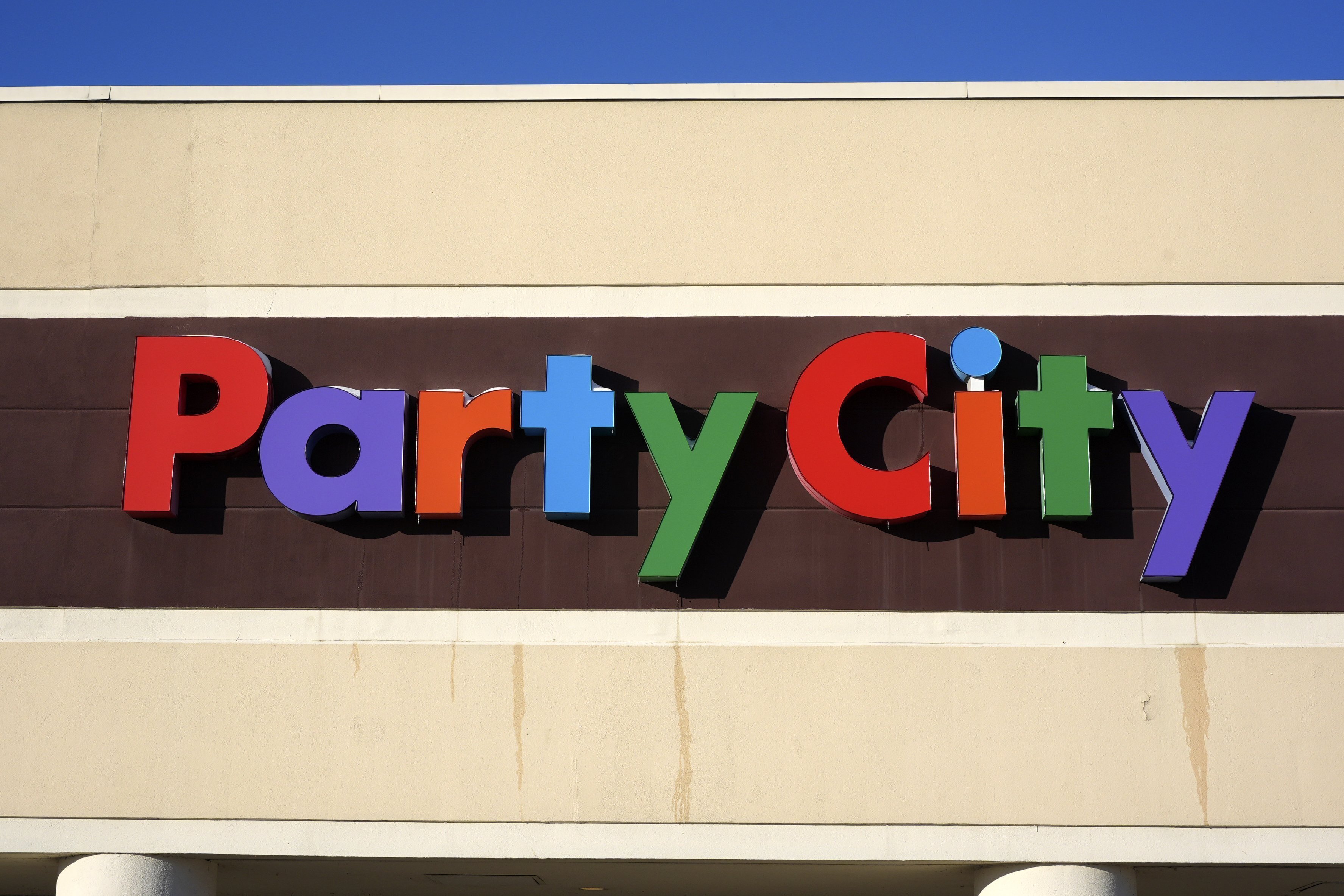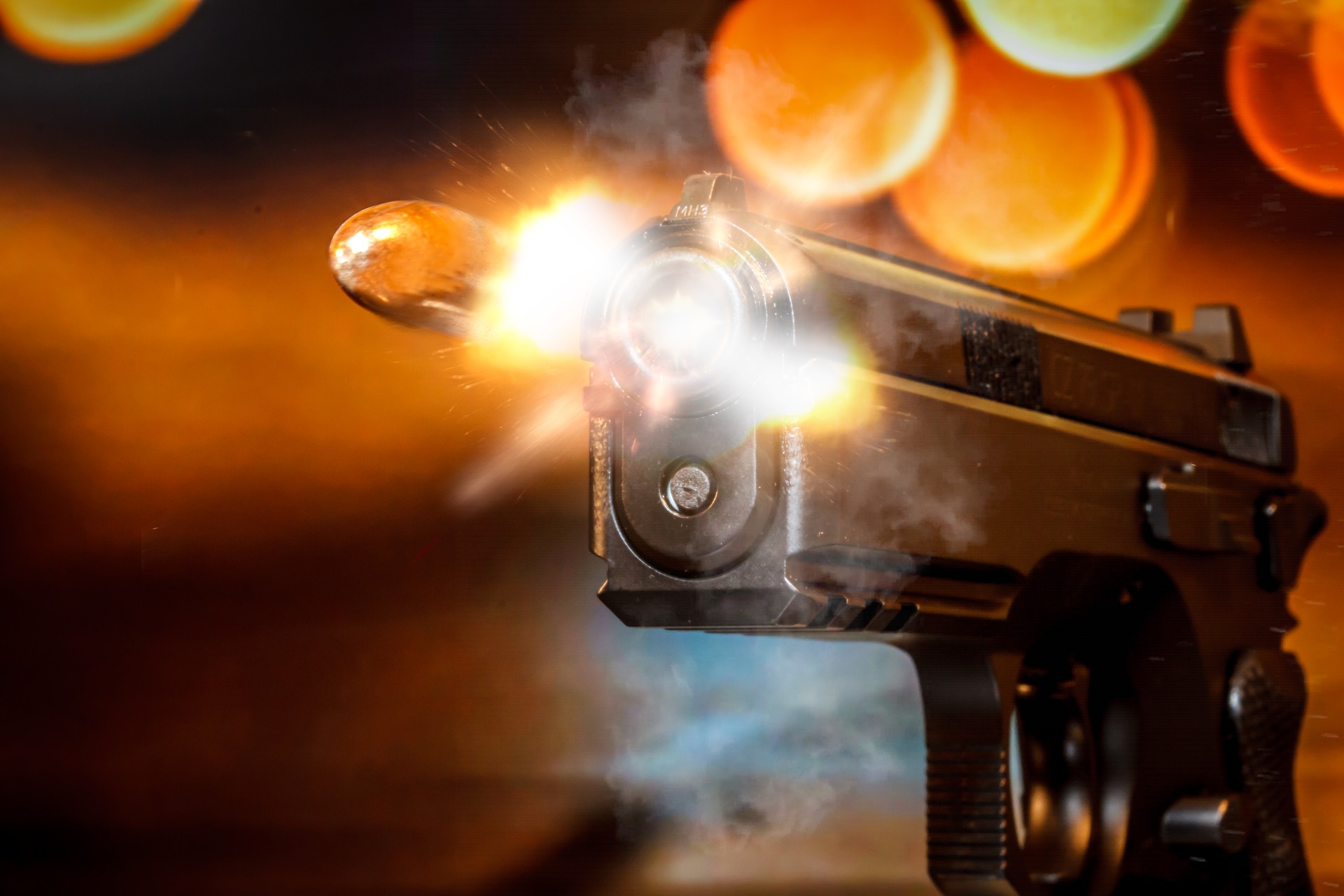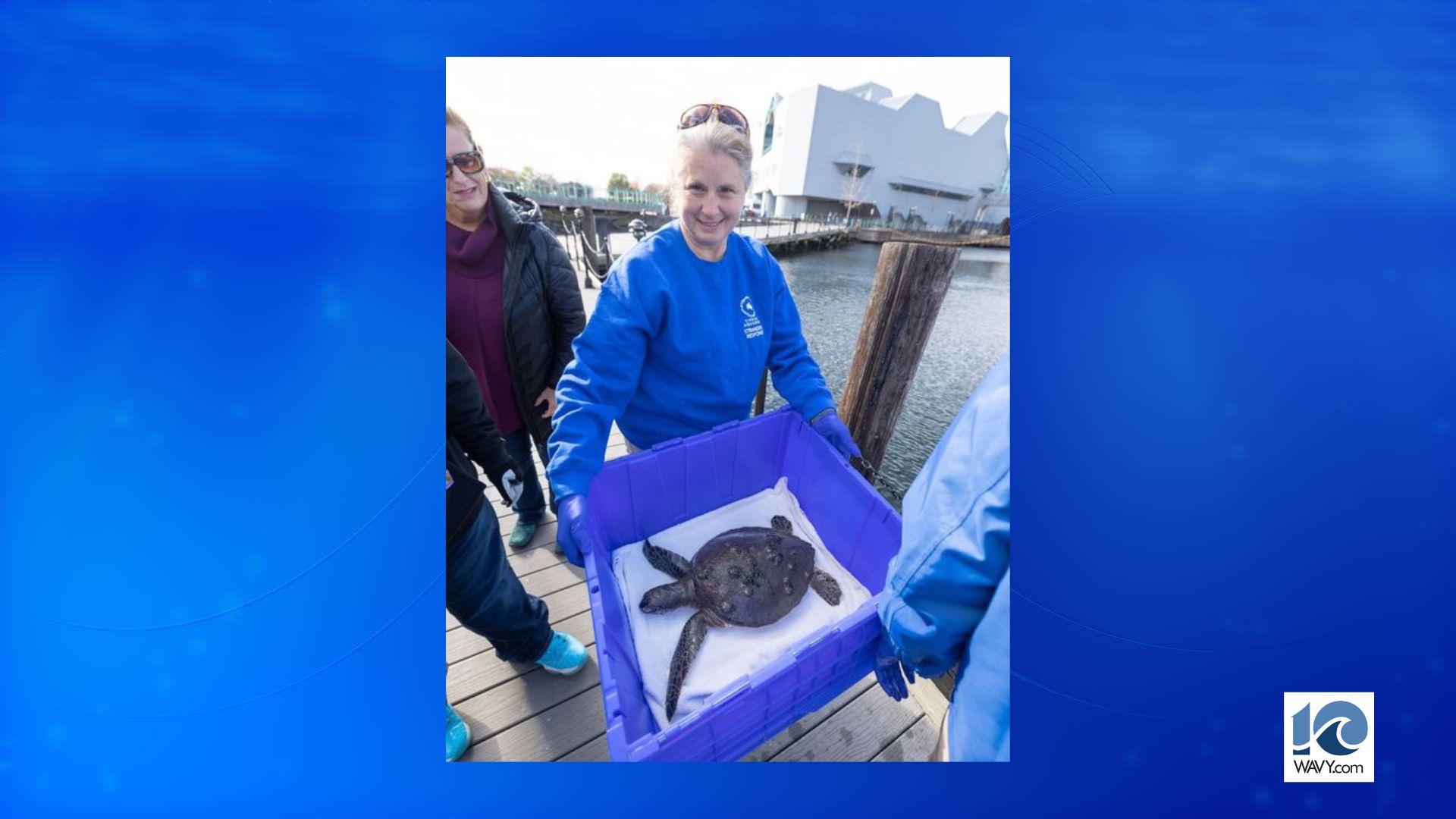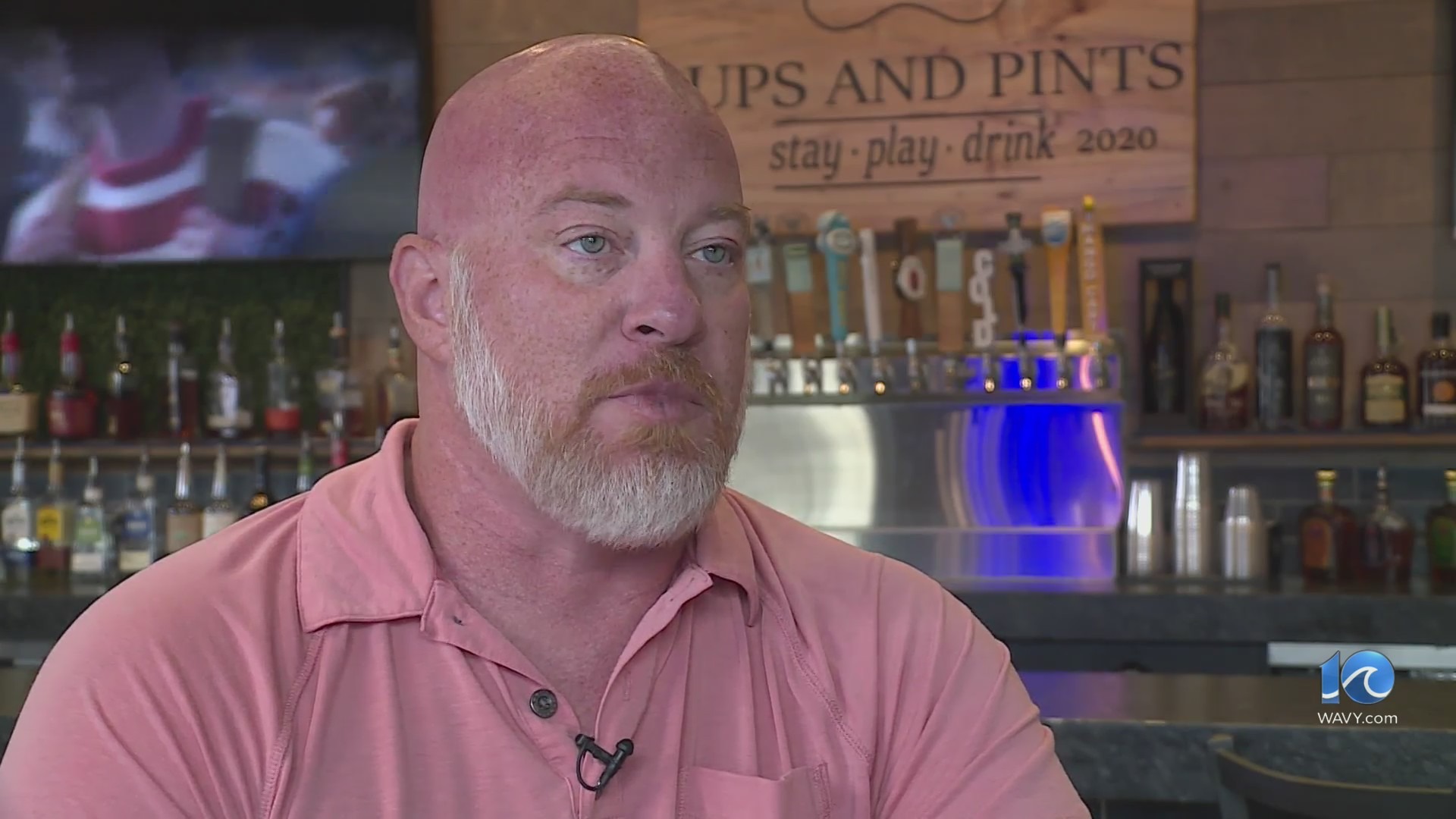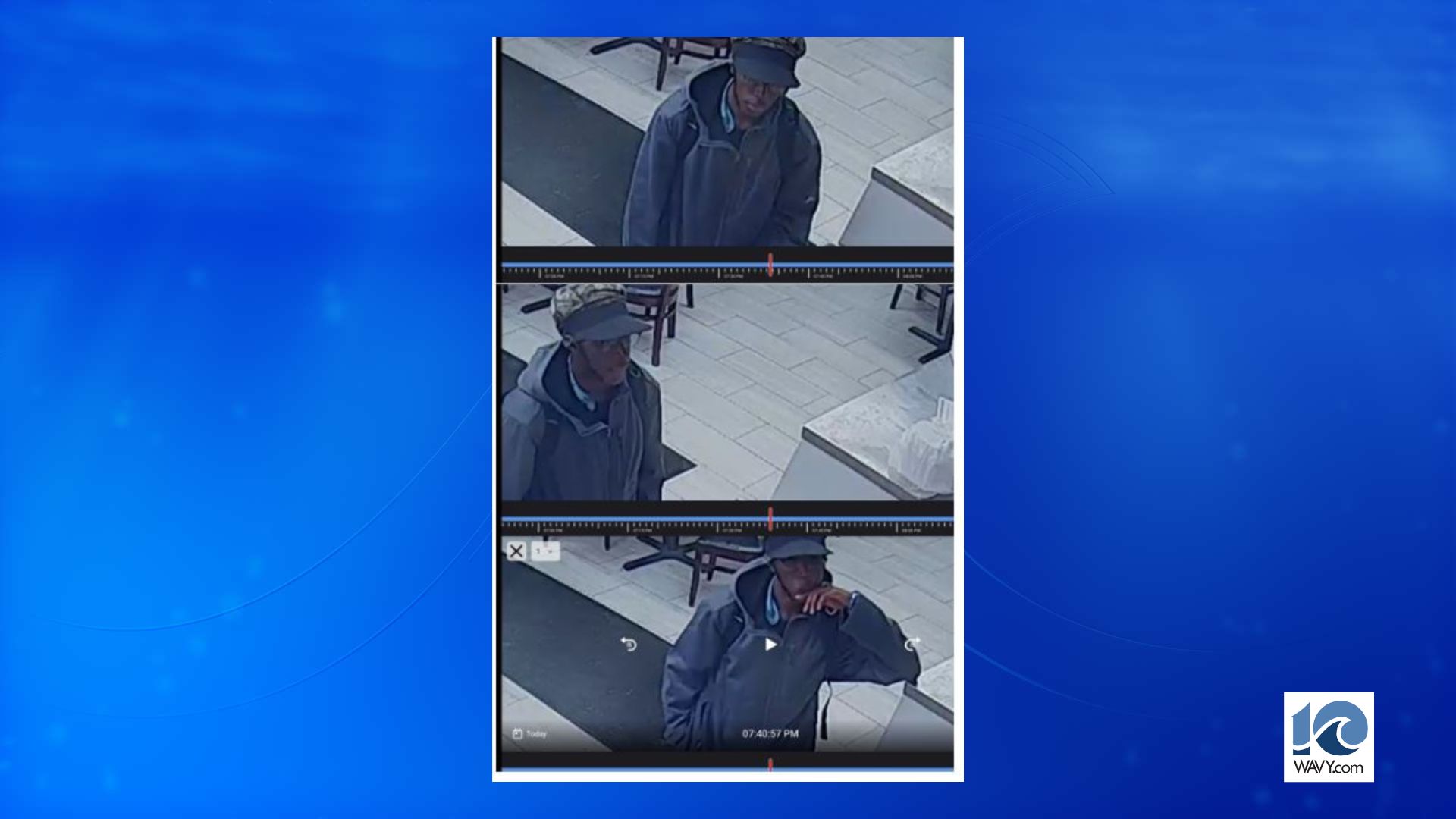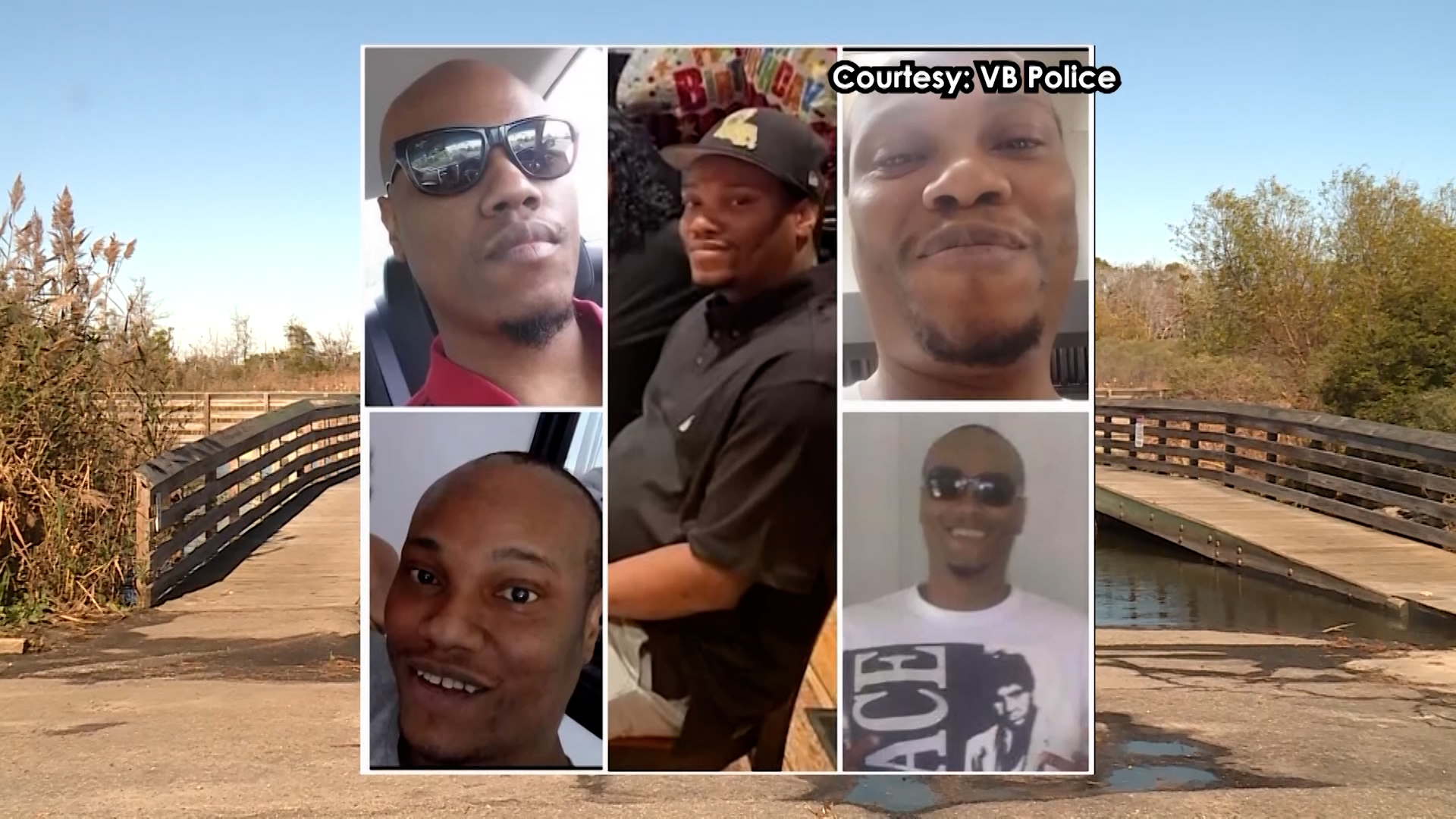The cold air will affect more than our decision on what to wear as you grab the jacket, hat or gloves to stay warm as you hop in the car. After flipping the ignition on and blasting the heat, you may notice that pesky light on the dashboard. You know, the one that startles you for a minute? Oh no! Do I need to see a mechanic?! Nah, that’s just the tire pressure light.
In the transitional season of autumn, when our temperatures dip into the 30s from time to time, our car tires lose their fill – let’s dive into some simple thermodynamics.
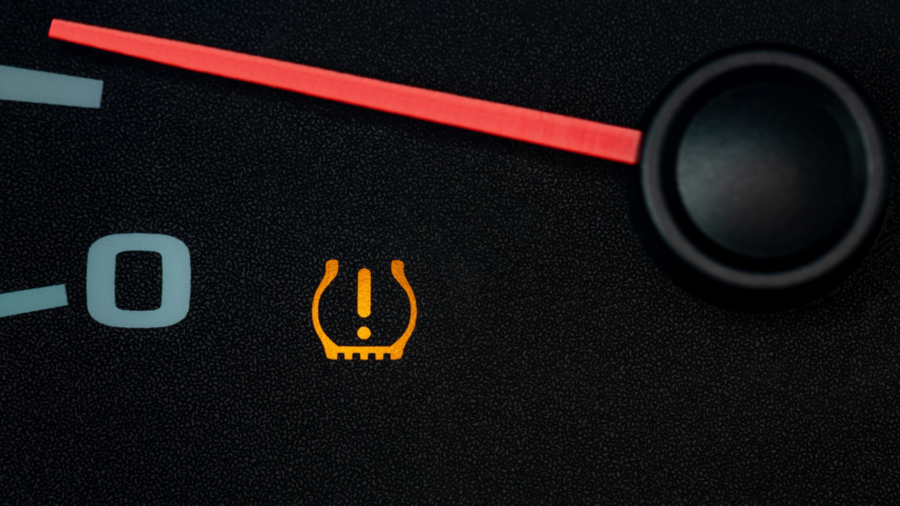
Warm and/or hot air is full of fast-moving air molecules, since these molecules are moving vigorously they tend to take up more space. So, hot air expands in nature. Well, cold air does the opposite, the molecules in cold air are moving much slower and therefore shrink in nature, taking up less space.
The air in our tires essentially shrinks when the outside air temperatures drop and if it gets cold enough, the shrinking air in the tire drops the pressure.
Slow-moving, cold air is also very dense, so while the air temperature may read 35° or 36°, the dense, cold air sinks to the surface. So it’ll actually be colder down on the ground (near 32° or lower) allowing frost to develop.
Temperatures tonight will again drop into the 30s, and since the cold air has settled in place, we’ll shave a few degrees off our forecast low temperatures compared to last night. Expect widespread 30s with some locations well to the west reach the freezing mark.
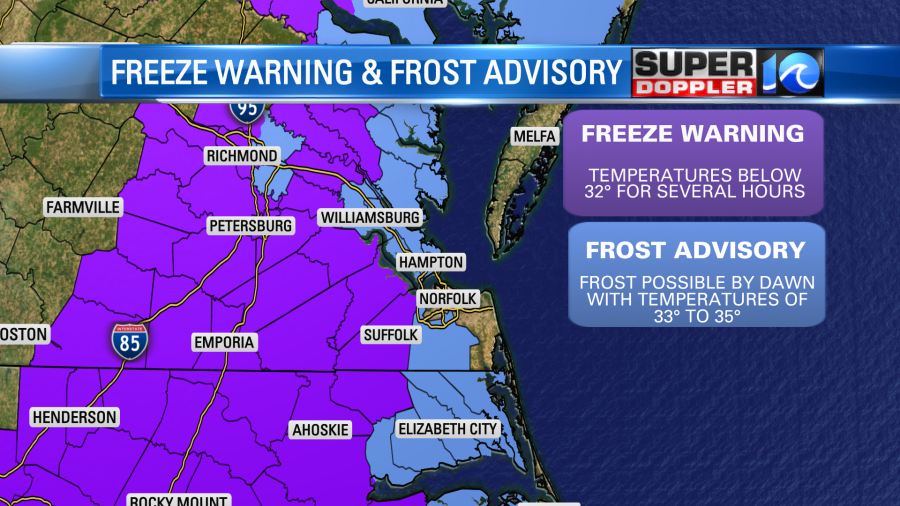
At least it comes with more sunshine and as high pressure builds across the region, temperatures will slowly rebound into the weekend. Our next shot of rain should return by Sunday, as some moisture comes up the coastline.
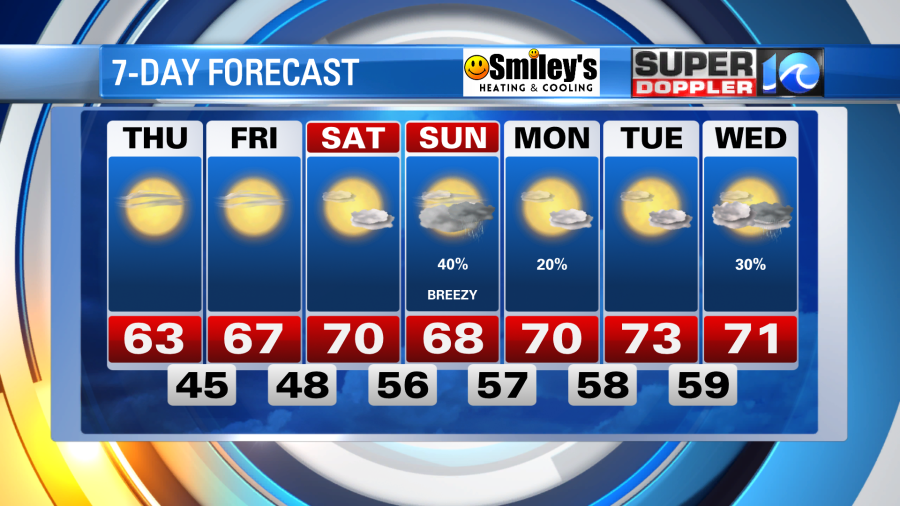
Meteorologist Steve Fundaro


